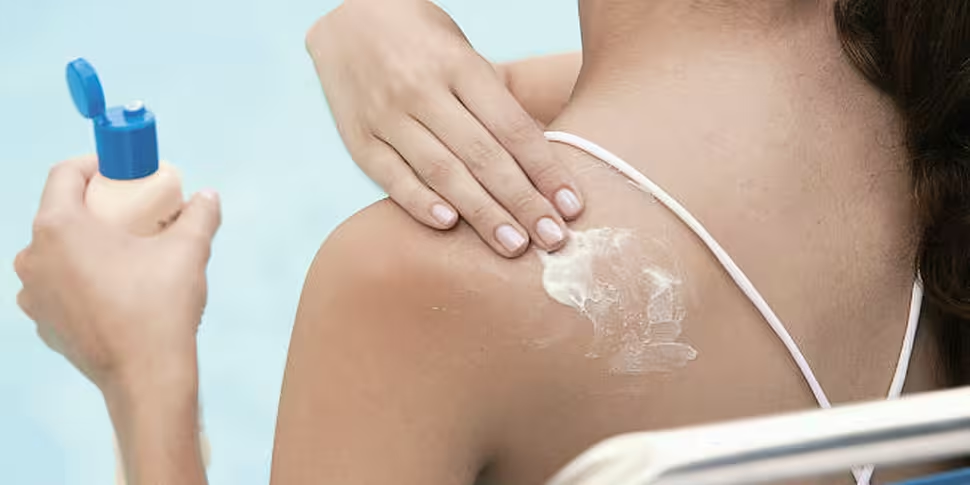The optimists are predicting a sunny week ahead (they do know we’re in Ireland, right?), so best get those sunblocks ready just in case.
It’s hopefully common knowledge now that excessive time in the sun significantly increases the risk of skin cancer. That’s the major long-term danger, but anyone who has ever suffered from sunburn or sunstroke will tell you the immediate effects of overexposure are very unpleasant too.
Sunscreen is one of the most effective ways to provide some protection against those harmful ultra-violet rays. UVB rays are the ones that burn skin, although UVA ones have also been linked to skin cancer
The misconception is that the sun protection factor - or SPF - refers to the amount of time you can stay in the sun (e.g. factor 30 will let you stay in the sun 30 times longer than normal). The reality is that it actually refers to the amount of ultraviolet sun rays the sunscreen protects against. For example, Factor-15 might filter 93% of UV rays, Factor-30 97% and Factor-50 98%.
Even that’s a considerable simplification, as there’s a huge amount of variables - such as the different intensities of the sun during the day, the various skin types of individuals and, of course, the activities the wearer is engaging in (yes, your mother was right about having to reapply after a swim).
SPF is therefore not the most accurate of measurements, despite the mathematical equation in place to estimate it. SPF is, though, the only common guide we have, and it offers a general estimate of the effectiveness of any given sun lotion.
Naturally, it’s not advised to go for the super-low factor sunscreens (sometimes offered in single digital SPFs) as they’re likely to offer a very low level of protection indeed - avoiding skin cancer is far more important than your tan. But many propose that sunscreens of over 50 provide increasingly diminishing returns.
In fact, producers of sunscreen in the EU are only allowed to advertise their product at a maximum of 50+. The limit was a mere 30+ in Australia until 50+ products were approved late last year. However, the safest bet is to stick with a sunblock of at least Factor-30.
Still, while there are varying opinions about the effectiveness of high SPF sunscreens, one thing there is absolute consensus on is that they should be applied regularly throughout the day. A new layer of cream, lotion or gel should be applied to the skin at least every two hours or so to ensure adequate protection - whether you’ve opted for Factors 15 or 50+, and whether it’s a scorcher of a day or an overcast one. Apply it thickly and evenly, and 15-30 minutes before exposure to sunlight.
Oh, and stick to the shade, wear a hat, use a beach parasol and whatever other simple protective measures you can reasonably take.
So bring your sunblock wherever you might be going this week - you won’t regret it, even though it will probably rain (it is Ireland, after all).
(Image source)









